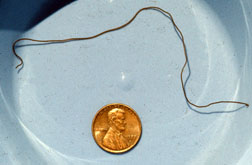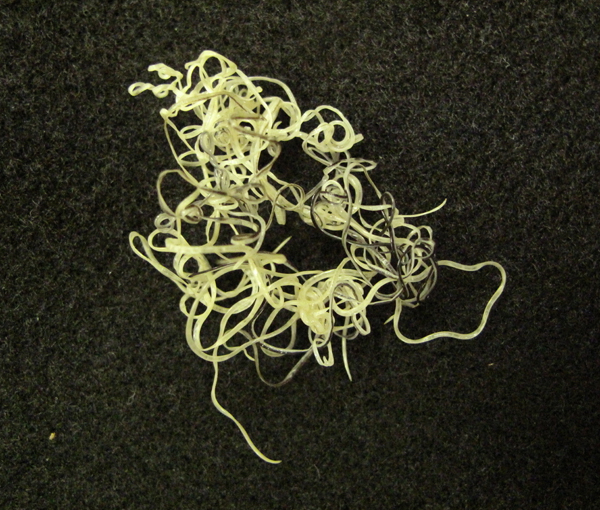

Nematodes are parasites of hosts that do not kill them, whereas horsehair worms do. Horsehair worms, on the other hand, are parasites that often kill their hosts when they emerge from the body as adults, altering their behavior to drown or harm them. The horsehair worm, on the other hand, does not require an arthropod host to complete its life cycle. Adults believe that it is capable of killing worms in their prime.

There are cases where it is sometimes used to treat patients who are not fully cured from multiple DEC treatments. Microfilariae and adult worms are frequently treated with diethylcarbamazine (DEC), which kills them. Horsehair worms can be treated in a variety of ways. If they can’t survive underwater, parasites will force them to enter the nearest creek, pond, or puddle as a last resort. In this way, their hosts are tombs and forced to seek water out. Because of their adaptation, the horsehair worm can take over the thoughts of its host. The scariest thing on the Internet right now is this video of three horsehair worms emerging from a praying manifold. Scientists believe that the worms are becoming a greater threat to humans as well. Horsehair worms are invasive parasites that can gain control over a host’s bodily functions and even rewire his or her brain. The immature stage is the stage of an insect’s internal parasites, such as grasshoppers, crickets, cockroaches, beetles, and other insects, millipedes, and centipedes. Adult worms do not live in a burrow and are free-living. Worms can be beneficial to humans, domestic animals, and plants.


 0 kommentar(er)
0 kommentar(er)
